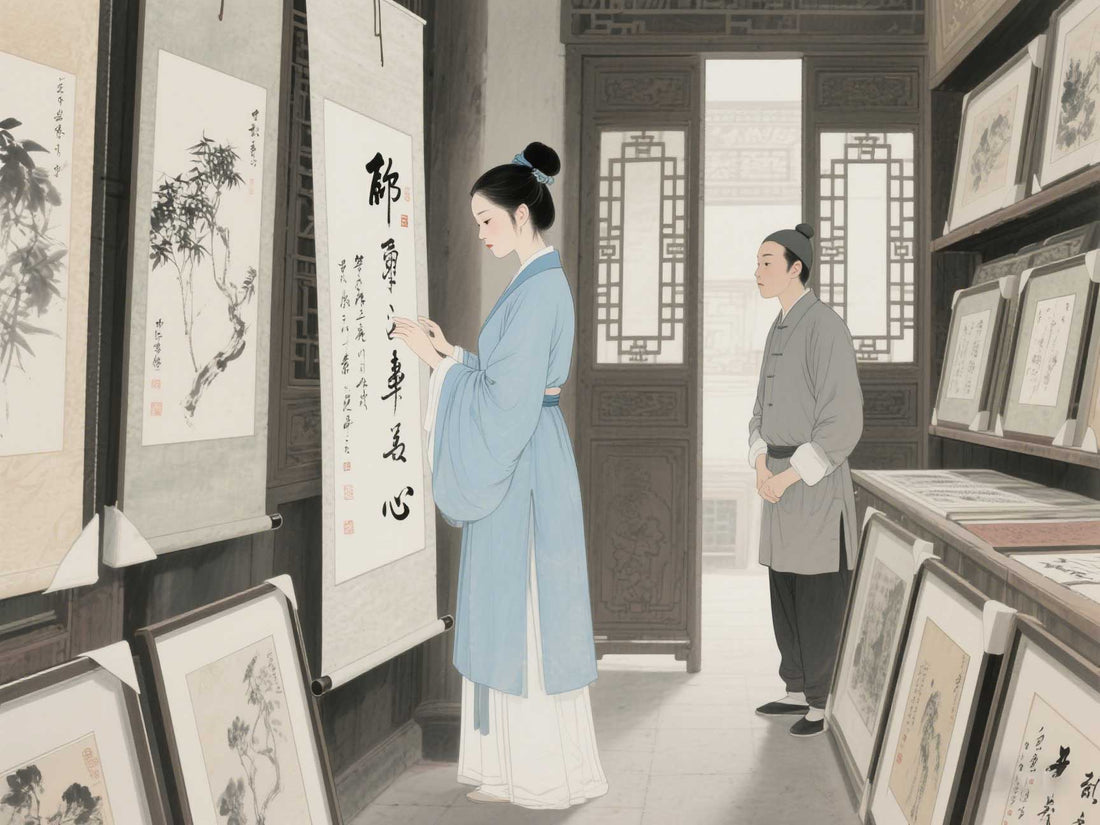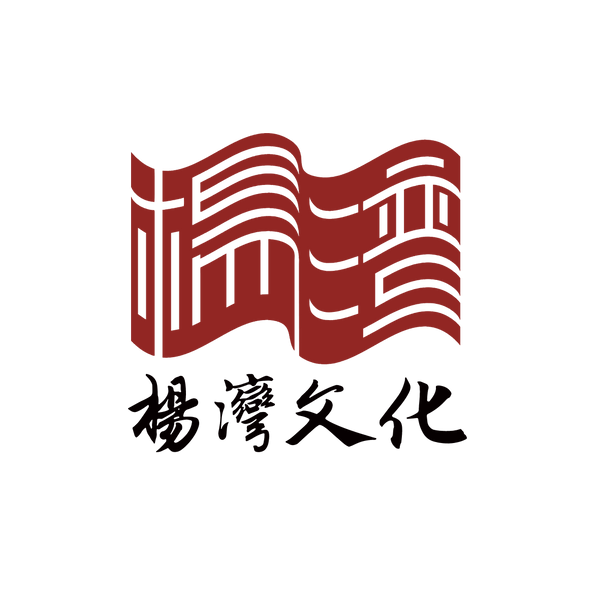
Ouyang Tong "Searching for His Father's Inscription"
Share
Background and Motivation
Ouyang Tong lost his father at a young age (there is controversy about Ouyang Xun's age when he died in 641 AD: some historical materials say he was only 4 years old, but research shows he should be around 16 years old). In order to continue the family calligraphy tradition, his mother Xu strictly required him to inherit his father's career. Xu regarded Ouyang Xun's achievements in calligraphy as a family honor. In order to motivate his son to learn, he often used money to help him buy back authentic works of Ouyang Xun that were scattered among the people. This move was not only to preserve the posthumous works, but also implied the educational intention of "using the father as a mirror".
Searching for ink and learning calligraphy
-
Spending a large sum of money to purchase the calligraphy fragments of Ouyang Xun, and even commissioned merchants to travel to various places to collect them. Ouyang Tong felt like he had found a treasure after obtaining the calligraphy. He copied it day and night and once "stood all day long to ponder" in order to observe the inscription.
-
Copying strategy <br>The method of learning calligraphy is both scientific and ritualistic:
- Exquisite tools : In his later years, he used a special brush with a raccoon hair core and rabbit hair cover, a rhinoceros horn and ivory barrel, and pine smoke ink mixed with musk;
- Technique refinement : Repeatedly analyzing the "precipitous and rigorous" characteristics of his father's calligraphy, deliberately strengthening the thinness and hardness of the lines and the structural tension.
-
Psychological drive <br>Xu encouraged Ouyang Tong by saying that "his father's work is worth a fortune", which made him obsessed with "proving his reputation with his calligraphy". He even copied Ouyang Xun's handwriting and sold it to verify his own level.
Artistic achievements and controversies
-
The formation of "Big and Small Ouyang Styles" <br>Ouyang Tong's representative works "The Stele of Master Daoyin" and "The Tombstone of Quan Nansheng" were praised as "penetrating and sharp, with exposed brilliance". The font is thinner, harder and steeper than Ouyang Xun, and has a strong official style. His regular script is praised as "a revolution of cursive seal script" and is ranked alongside his father as the two greatest regular script masters of the Tang Dynasty.
-
Differences in historical evaluation
- Technical limitations : Dong You of the Southern Song Dynasty criticized his calligraphy for "slightly losing its richness", believing that he over-pursued form and lost its implicitness;
- Tool controversy : Later generations questioned whether his stringent requirements for writing tools were "pretentious", but they also acknowledged that this move promoted the improvement of calligraphy tools.
Cultural Metaphor
This story is actually a microcosm of the culture of the Tang Dynasty aristocracy:
- Carrying the family's glory : Xu single-handedly maintained the status of a calligraphy family, reflecting the key role of "maternal education" in the inheritance of ancient culture;
- The interaction between art and commerce : The popularity of Ouyang Xun's calligraphy in the private collection market indirectly contributed to Ouyang Tong's motivation to learn, reflecting the impact of the circulation of artworks on cultural inheritance.
Ouyang Tong's journey from "buying calligraphy to learning calligraphy" to "father and son becoming equally famous" is not only a personal artistic breakthrough, but also a model of "family tradition" in the history of Chinese calligraphy.
